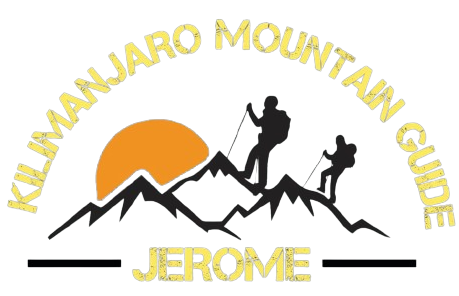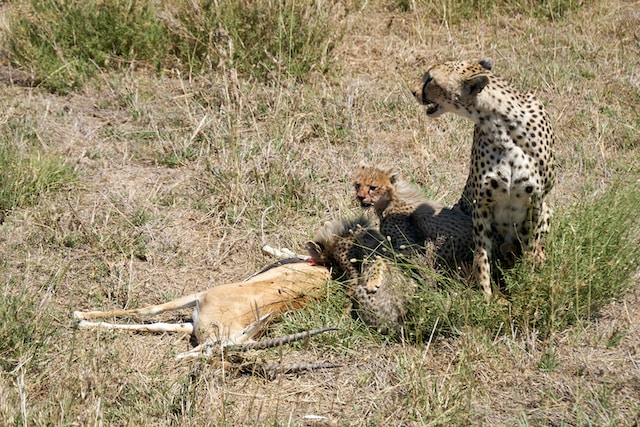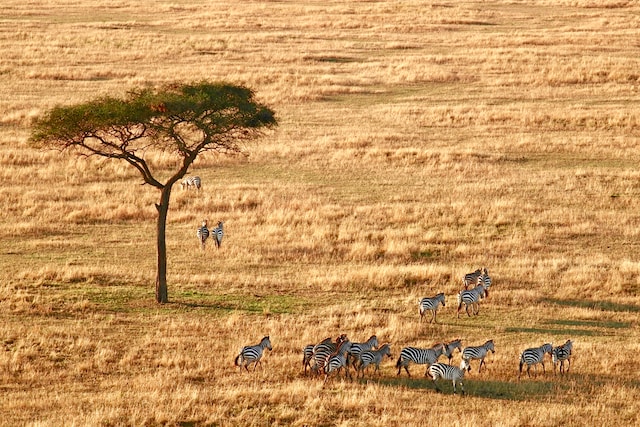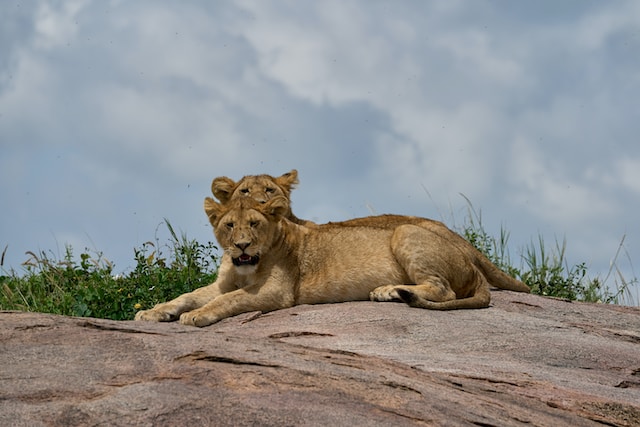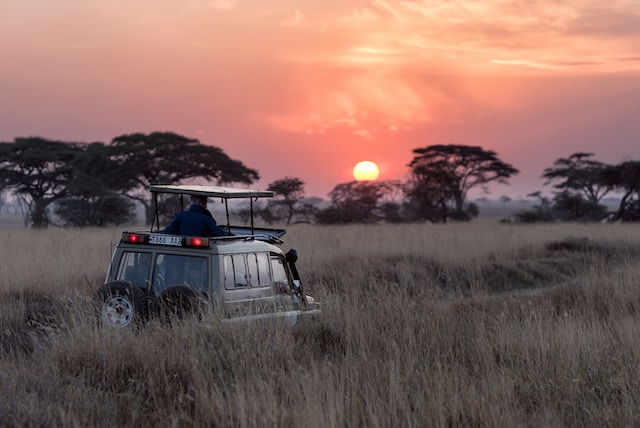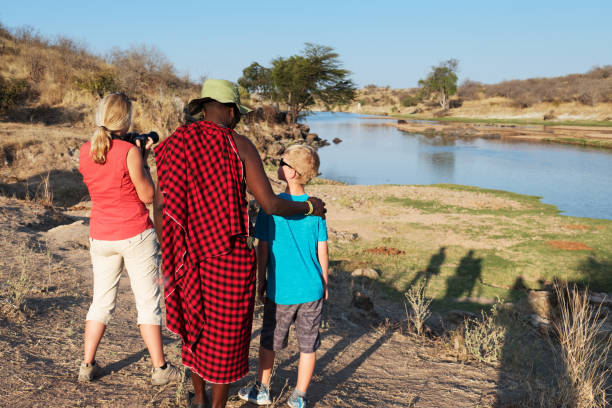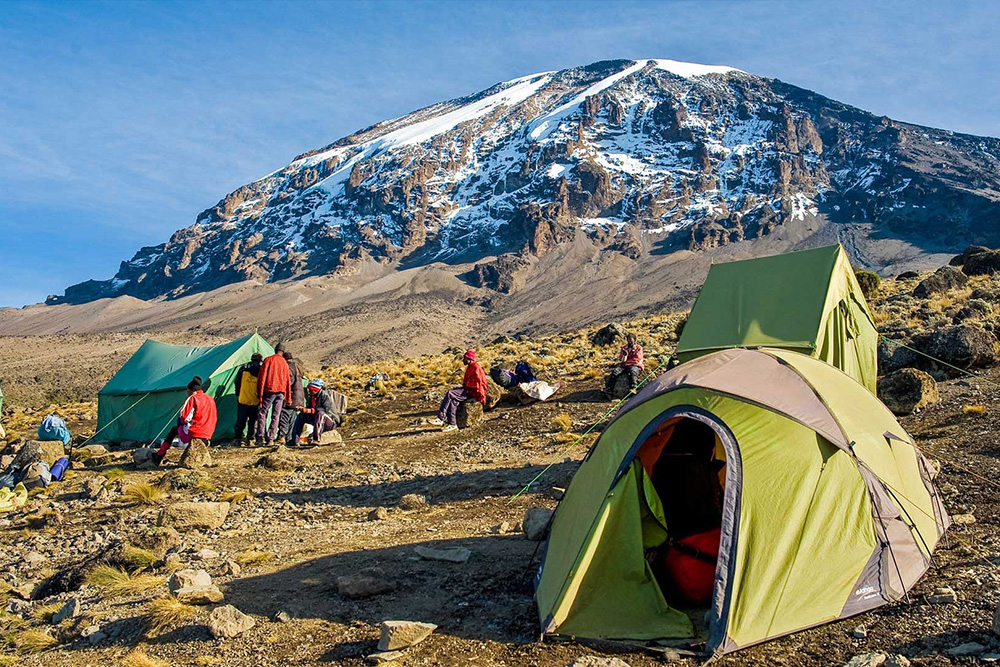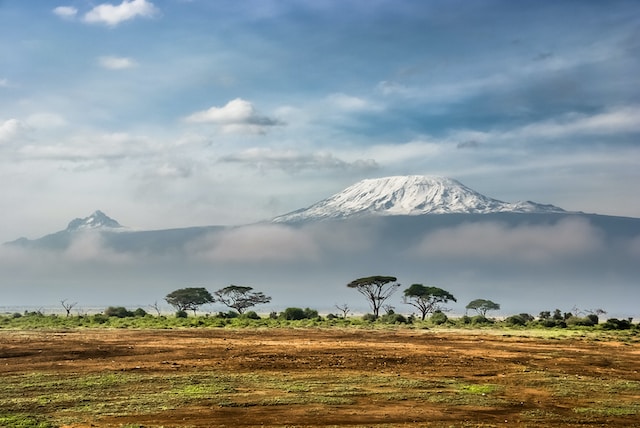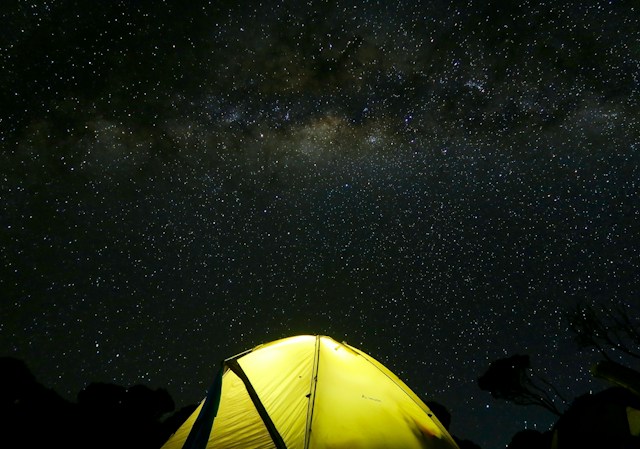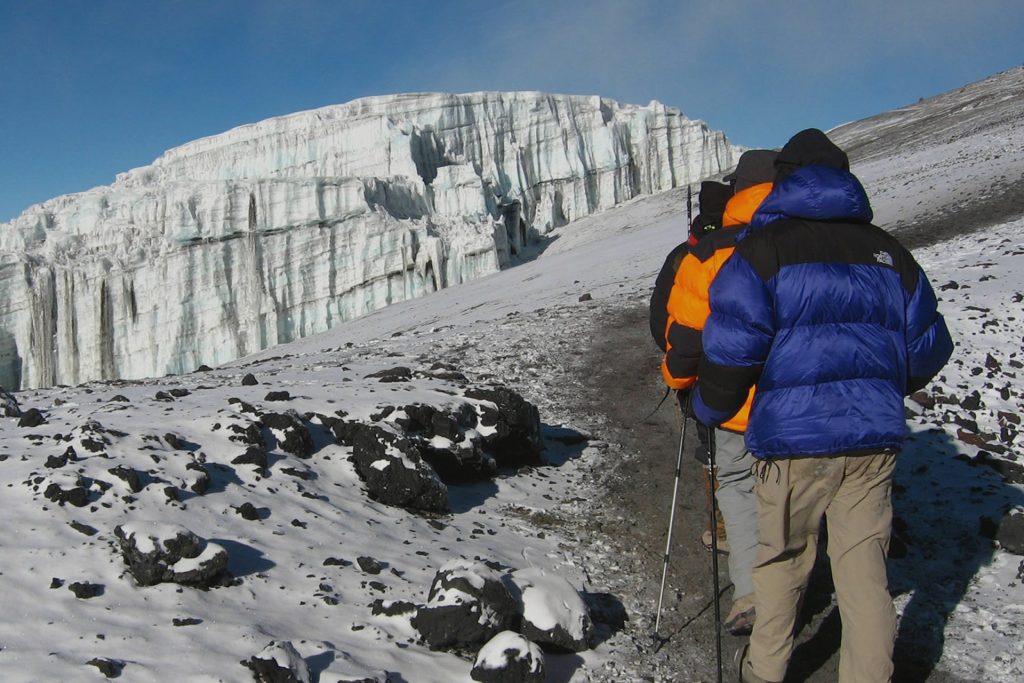- Home
- Safaris
- Tanzania Lodge Safari
- Tanzania Camping Safari
- Serengeti Migration Safari
- Tanzania Family Safari
- Tanzania Honeymoon Safari
- Tanzania Walking Safari
- Best Tanzania Day Trips
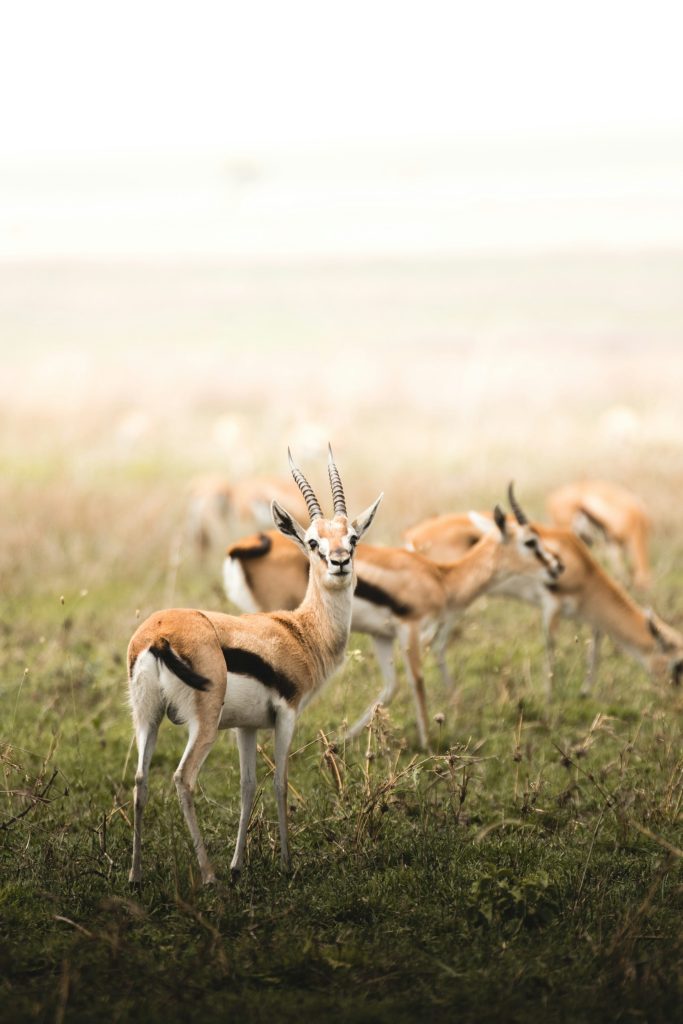
- Kilimanjaro
Kilimanjaro Packages
- Machame Route 6 Days
- Machame Route 7 Days
- Marangu Route 6 Days
- Lemosho Route 7 Days
- Lemosho Route 8 Days
- Rongai Route 7 Days
- Northern Route 9 Days
- Kilimanjaro Joining Group Dates
- Kilimanjaro Full Moon Climbs
Kilimanjaro Tips
- Zanzibar
- About us
Climbing Mount Kilimanjaro
Climbing Mount Kilimanjaro is a remarkable adventure and a dream for many outdoor enthusiasts.
Overview of Climbing Mount Kilimanjaro
Climbing Mount Kilimanjaro is a challenging and rewarding adventure that attracts thousands of trekkers and climbers every year. Kilimanjaro is the highest peak in Africa, standing at 5,895 meters (19,341 feet) above sea level.
Here are some key things to know about climbing Kilimanjaro:
- Permits and Regulations: To climb Kilimanjaro, you need to obtain a permit, and it’s advisable to go with a registered tour operator. The park authorities have set regulations to protect the environment and ensure safety.
- Climbing Routes: There are several routes to the summit of Kilimanjaro, each with its own characteristics and difficulties. The most popular routes include the Marangu Route, Machame Route, Lemosho Route, Rongai Route, and the Northern Circuit. The choice of route depends on your preferences, experience, and the amount of time you have for the climb.
- Duration: Climbing Kilimanjaro typically takes between 5 to 9 days, depending on the route chosen. Longer treks allow for better acclimatization and increased chances of reaching the summit.
- Acclimatization: Kilimanjaro’s high altitude can pose a significant challenge. Adequate acclimatization is crucial to reduce the risk of altitude sickness. Most routes are designed to allow for gradual acclimatization through different altitudinal zones.
- Physical Fitness: Climbing Kilimanjaro is a physically demanding activity, and a good level of fitness is essential. You don’t need to be an elite athlete, but you should be in decent shape and have experience with hiking and carrying a backpack.
- Packing: You’ll need to pack appropriately for the trip. Warm clothing, quality hiking boots, rain gear, and a good sleeping bag are essential. We can provide you detailed packing list.
- Altitude Sickness: Altitude sickness is a real risk on Kilimanjaro. It’s important to recognize the symptoms and follow your guide’s advice. Adequate hydration, proper nutrition, and a gradual ascent are essential for preventing altitude-related issues.
- Guides and Porters: Local guides and porters are essential for a safe and enjoyable climb. They will assist with logistics, carry heavy gear, and provide support throughout the trek.
- Environmental Responsibility: Respect the environment by not littering, following Leave No Trace principles, and supporting ethical tour operators who prioritize sustainable practices.
- Weather: The weather on Kilimanjaro can be quite unpredictable. It’s essential to be prepared for a wide range of conditions, from scorching sun to freezing temperatures.
- Summit Day: Summit night is a grueling experience due to the high altitude and challenging conditions. It typically involves a very early start and a long, steep ascent. Mental determination is just as important as physical preparation.
Climbing Kilimanjaro is a unique and life-changing experience, offering stunning views and a sense of accomplishment. However, it’s crucial to approach the climb with the right mindset, physical preparation, and a commitment to safety and environmental responsibility
what to expect during a Kilimanjaro climb
1. Diverse Landscapes:
Kilimanjaro offers a unique experience due to its varied landscapes. You’ll start in dense rain forests, hike through moorlands, alpine deserts, and finally reach the summit with its snow-capped peak. Each day brings different scenery and challenges.2. Physical and Mental Challenge:
Climbing Kilimanjaro is physically demanding. You’ll be walking for several hours each day, often at high altitudes. Mental strength is crucial; determination and a positive attitude will help you overcome challenges.3. Altitude Acclimatization:
Altitude sickness is a concern due to Kilimanjaro’s elevation (5,895 meters or 19,341 feet). Most routes are designed to allow for proper acclimatization. Guides monitor climbers for symptoms such as headaches, nausea, and dizziness.4. Supportive Team:
A typical climb involves a team of guides, porters, and cooks who assist you throughout the journey. They handle logistics, set up camps, and prepare meals, allowing you to focus on the climb.5. Basic Accommodations:
Accommodations during the climb are basic. You’ll stay in tents at designated campsites. These tents provide shelter but little else, so it’s essential to be prepared for varying weather conditions.6. Unpredictable Weather:
Kilimanjaro’s weather can be unpredictable. It might be hot and sunny one moment and cold and rainy the next. Proper clothing layers are essential to adapt to changing weather conditions.7. Stunning Views:
Despite the challenges, the views are breathtaking. Watching the sunrise from the summit is a surreal experience. You can see the curvature of the Earth and panoramic views of Tanzania below.8. Physical Preparation:
It’s crucial to be physically prepared. Regular cardio exercises, strength training, and long hikes can help condition your body for the climb.9. Mental Preparation:
Mentally prepare yourself for the challenges. Positive thinking, mental toughness, and the ability to keep going despite difficulties are essential.10. Safety First:
Safety is a priority. Guides are experienced in handling emergencies. If someone in your group cannot continue, there are established procedures for descent.11. Personal Achievement:
Climbing Kilimanjaro is a significant personal achievement. It requires determination, preparation, and perseverance. Completing the climb is a momentous accomplishment.Explore our Kilimanjaro Climbing Packages
Embark on the ultimate adventure! Our Kilimanjaro climbing packages offer the thrill of a lifetime. Conquer Africa’s highest peak while immersing yourself in breathtaking vistas and challenging your limits. Our expert guides and well-equipped expeditions ensure a safe and unforgettable journey. Book now and elevate your sense of adventure with us!
- Airport Transfers
- 2 Nights Hotel in Moshi
- 3 Meals and Drink water
- Crew (Guide, porters, and chef)
- Gear Rental Shop available
From $2250
- Airport Transfers
- 2 Nights Hotel in Moshi
- 3 Meals and Drink water
- Crew (Guide, porters, and chef)
- Gear Rental Shop available
From $2050
- Airport Transfers
- 2 Nights Hotel in Moshi
- 3 Meals and Drink water
- Crew (Guide, porters, and chef)
- Gear Rental Shop available
From $2110
- Airport Transfers
- 2 Nights Hotel in Moshi
- 3 Meals and Pure Drink water
- Crew (Guide, porters, and chef)
- Gear Rental Shop available
From $2550
- Airport Transfers
- 2 Nights Hotel in Moshi
- 3 Meals and Pure Drink water
- Crew (Guide, porters, and chef)
- Gear Rental Shop available
From $1920
TOUR INCLUDE & EXCLUDES
- All transfers to the airport
- All transfers to the mountain and back to your Moshi hotel
- 2-night hotel in Moshi
- Professional, experienced, mountain guides
- Guides, Porters, Cook salaries and park fees
- Quality, waterproof, four-season mountain sleeping tents (on twin sharing basis)
- Sleeping Mattress
- Emergency Oxygen Cylinder
- 3 meals while on the Mountain
- Quality Mess tents with table and chairs
- Clean, purified drinking water
- Conservation fees (part of park fees)
- Camping or Hut fees (part of park fees)
- Rescue fees (part of park fees)
- VAT (18% charged by the Government)
- Portable Toilet
- Tanzania Visa
- International and domestic flights
- Personal trekking equipment such as sleepings bags, hiking boots, clothes, etc (available for renting)
- Tips and gratuities
- Travel insurance
- Personal Expenses (e.g. laundry, telephone, beverages, etc.)
- Meals not listed in the itinerary
- Liquors, beers and bottled beverages
- Surcharge for online payment of advance and balance (5% on each payment)
How to get to Mount Kilimanjaro?
Mount Kilimanjaro is a major tourist attraction for experienced and beginning climbers. To get to the mountain, the most convenient way is to fly into Tanzania (Kilimanjaro International Airport) , and then travel to Moshi, Kilimanjaro’s gateway towns, by vehicle. the city is 1 hour away from the airport and taxi services are easily available.
What preparation does it take to climb Mount Kilimanjaro?
Mt Kilimanjaro is the highest mountain in Africa and does not require any technical climbing! All you need is walk slow but steady. For the summit to be reached, your body must sufficiently acclimatize itself. It is important to be physically, emotional and spiritual prepared for your Kilimanjaro trek. Another important part of the preparation is having the proper clothing before you depart to Tanzania. See the Mount Kilimanjaro packing list for details.
Physical preparation:
It is very important that your body is properly prepared for the physical challenge of the Kilimanjaro. The better prepared you are, the better you plan to conquer the highest point of Africa. Good preparation will make a significant contribution to your confidence and mental strength.
Mental preparation:
Mt Kilimanjaro is an amazing experience and anyone is able to reach its summit (Uhuru peak). Think about this when you prepare yourself for the expedition. You will not be alone, our guides will make you feel welcome and will be there with you all the way. Always think positively and you WILL enjoy the climb!
How fit should I have to be?
The type of condition is more important than the degree of fitness. Kilimanjaro is a walk and the interesting part of it is you take your time, no rush , so the best preparation you can have is to walk, preferably under simulated conditions. Although to some extent it helps to go running/jogging, your muscles are still not preparing for seven days of quiet but heavy walking. I suggest that you will regularly walk long distances. Ignore the elevator and take the stairs or even take your dog for a walk,
Go walk, for example, in addition to regular fitness to let your muscles develop more. And try to opt for regular walks with altitude, so you can practice walking up and down at different incline levels.
If you can walk 80 kilometres (50 miles) in one week, you have done the Kilimanjaro Machame Route. Train your body for extra resistance for your muscles, because on the mountain the inclination varies.
In a period of eight weeks, using the gym and the many hikes, you can become fit enough for Mt Kilimanjaro climb.
Medical check-up
Before starting a physical training program, it’s always wise to get the approval of a doctor. Also knowing your health conditions from the doctor is avery essential key as you will be hiking at a high altitude and its very risky if by a mistake you didn’t consult a doctor and found out you have heart or lung problems and you need evacuation from Kilimanjaro.
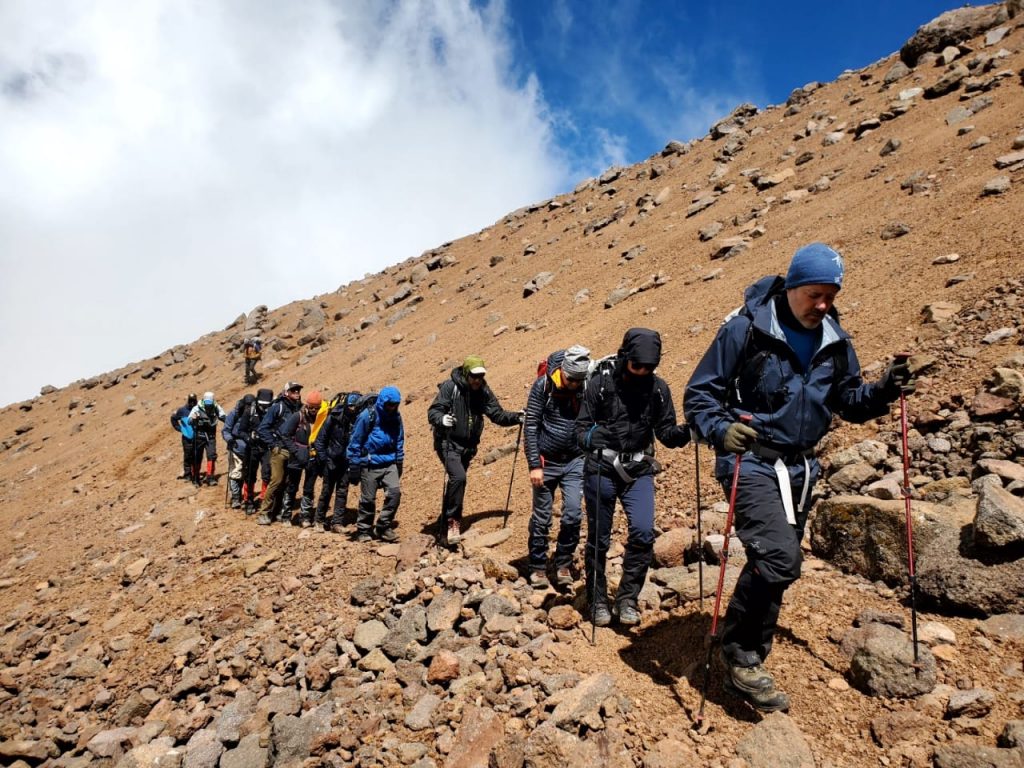
What to know about Altitude Sickness while climbing Kilimanjaro
If you are planning to climb Kilimanjaro we highly recommend reading our altitude sickness page to be familiar with what it is, its cause and prevention.
The definition of altitude Sickness (Acute mountain sickness)
Is an illness that ranges from a mild headache and weariness to a life-threatening build-up of fluid in the lungs or brain at high altitudes. Acute altitude sickness is the mildest and most common form. Because more people are traveling to areas of high elevation like climbing Kilimanjaro.
- High Altitude: 1500 – 3500 m (5000 – 11500 ft)
- Very High Altitude: 3500 – 5500 m (11500 – 18000 ft)
- Extreme Altitude: above 5500 m (18000 ft)
